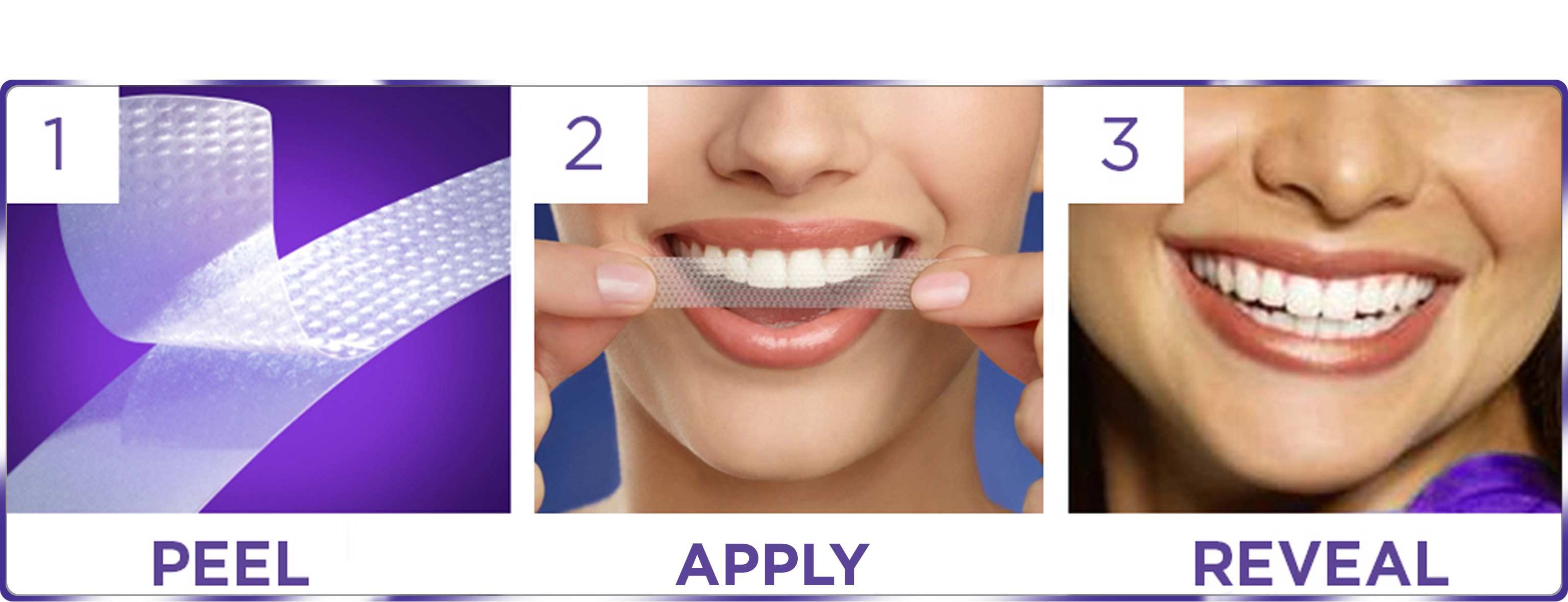Since getting my braces off I’ve used Crest Whitestrips once or twice a month, and I’ve noticed a significant difference. Whitestrips are significantly cheaper than whitening treatments offered by my dentist, and I’ve been pleased with the results. According to the Crest website, their Whitestrips are “thin, flexible strips that are coated with a tooth whitening gel containing peroxide.” After reading this article, with the subtitle “Bleaching your teeth to make them whiter could turn them into mush,” I was prompted to find out more about the risks associated with whitening.
The article that initially sparked my interest on the safety of teeth whitening, by Livia Gamble, said two main side effects are gum irritation and teeth sensitivity, two side effects I’ve never experienced. The article focused who whiten on a daily basis, which explains why I have not experienced those side effects. Additionally, there was no scientific backing to the claim that whitening will in fact turn teeth to mush.
So what’s the harm? Crest Whitestrips come with specific instructions on the duration and frequency of usage, and their website has a detailed Q&A answering any and all questions related to whitening. Risk= exposure x hazard. As we discussed in class, the risk associated with an event is the likeliness it will occur multiplied by how bad it is. In the case of whitening strips, the exposure is low if you follow the directions. Additionally, the hazard is low. The American Dental Association says adverse side effects associated with whitening go away if you stop whitening.
Another article by How Stuff Works compared teeth bleaching to hair bleaching. When people over bleach their hair, it become thin and brittle. Similarly, excessive whitening can cause tooth enamel to break down. In this case, both the exposure and hazard to risk are high. Although this won’t turn teeth to mush, eroded enamel makes teeth more prone to cavities and decay, according to WebMD.
So what does this all mean? Based on my knowledge and understanding of risk, there is no reason to stop using Crest Whitestrips. By following the directions I am minimizing my risk of side effects while capitalizing on the benefits of whitening my teeth. It’s as simple as following the directions.


Hi Alyssa,
You proposed the idea that we cannot determine if white strips are safe without the evidence of an experiment. Unfortunately, given your proposed study idea, it would be difficult to come to any further conclusion than the findings I looked at. For example, it would be impossible to ensure all participants in the study had the same tooth enamel strength. Additionally, some people just naturally have sensitive gums, which would create a false negative in their reporting. They would report they experienced sensitive gums as a side effect as a white strips, when in fact the white strips were not to blame. You raised the fact that the most important idea is if white strips are actually effective. As I said, white strips worked for me and I experienced no adverse side effects. Since it’s impossible to prove if the people commenting on the link you posted to Yahoo Answers have ever actually used white strips, their claims have little significance to me. Thanks for your comment and feedback on my article!
I wonder what would be better, crest white strips or actual teeth whitening treatment? Other than the difference in money of course, what would do a better job and why? Although I’m sure crest white strips work for some people, I can’t sit still for long and crest white strips always fall off for me or I get impatient and take them off. The whitening treatments would be worth the extra money for me.
As a broadcast journalism major and always doing things in front of the camera I have question if I want to invest in whitening strips or not; therefore, this blog sparked my interest. To me, this blog didn’t have enough evidence or an experiment to decide whether or not these whitestrips are safe to use or not. I believe in order to make that decision we would need a very well thought out experiment , containing hundreds of subjects. I picture a study design where about 100 subjects use the same tooth paste and whitestrips everyday , then they keep a blog on whether or not they experience certain side effects or not. Of course this would be difficult because of other variables such as the foods they eat and their dental history, we would have to try out hardest to eliminate these other third variables. Then we could really see if whitestrips are good or not. Despite the negative side effects we would really want to see if they serve their purpose and actually get your teeth white . So with that being said and ignoring the negative cons lets take a look at if they actually get your teeth white from others who have used them https://answers.yahoo.com/question/index?qid=20071220094730AA8LQog